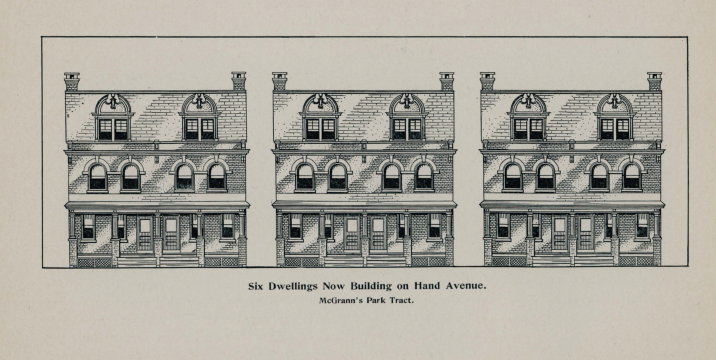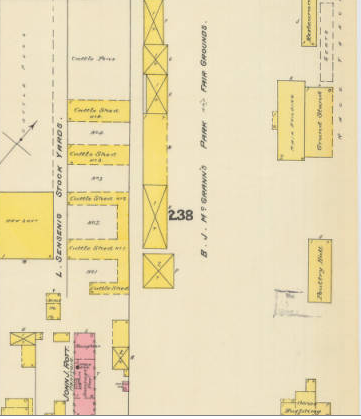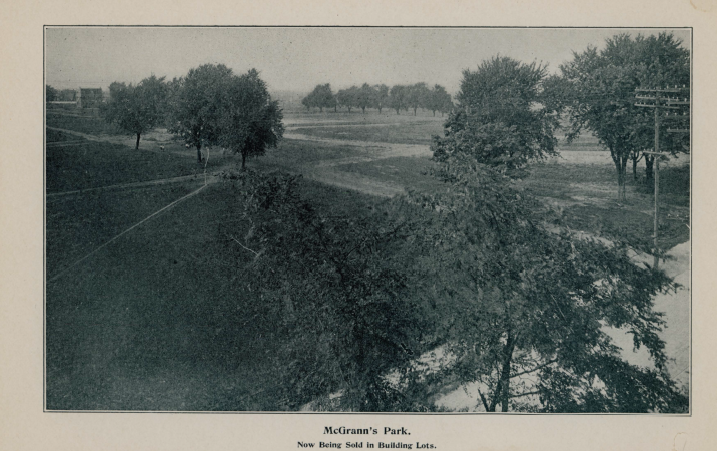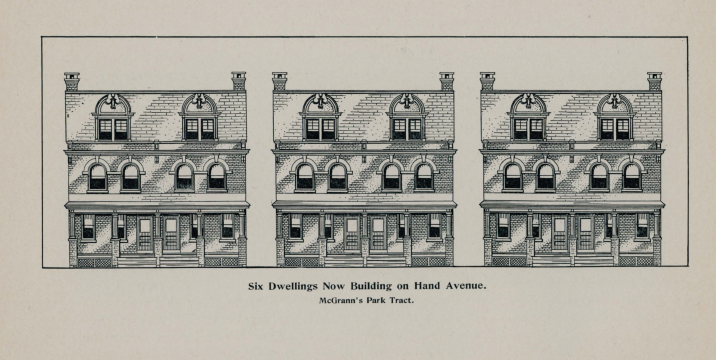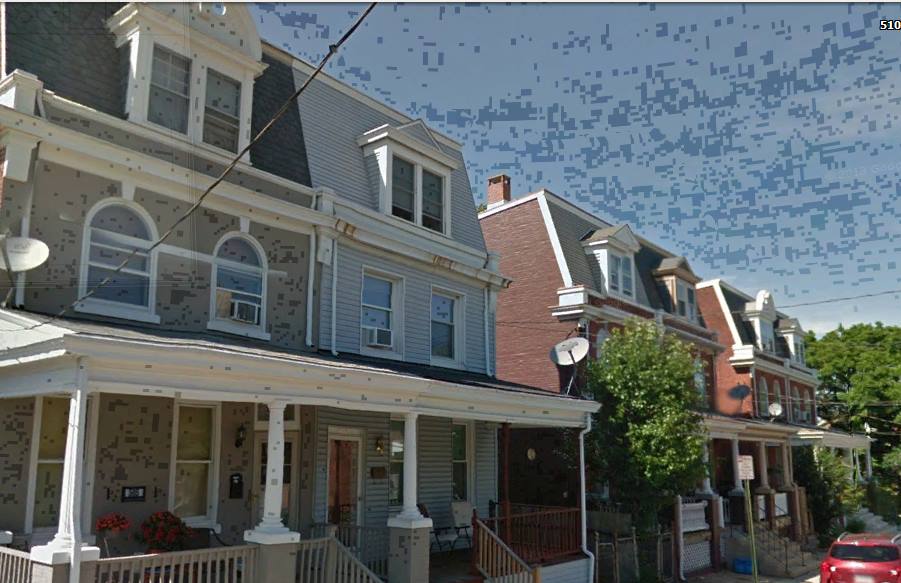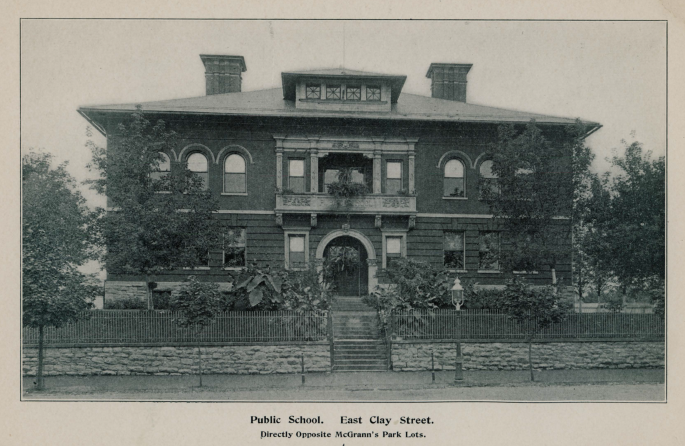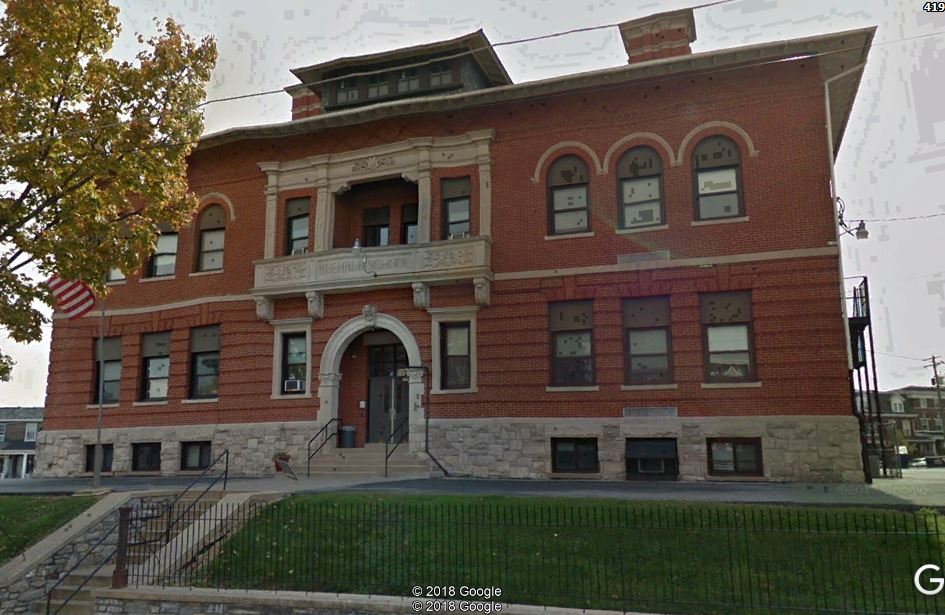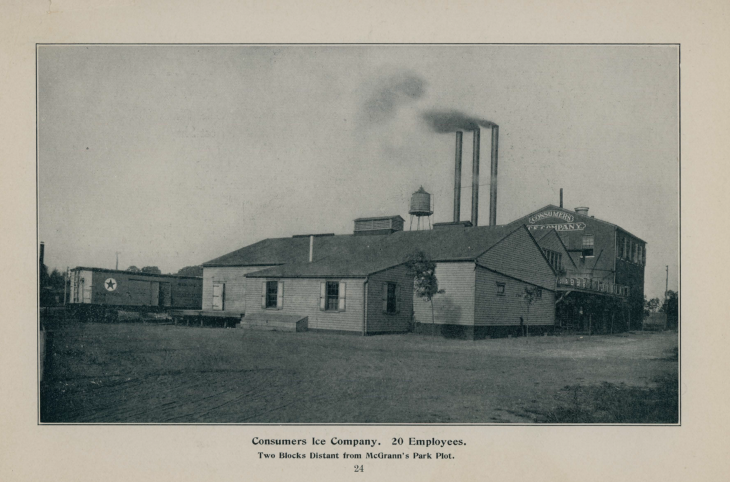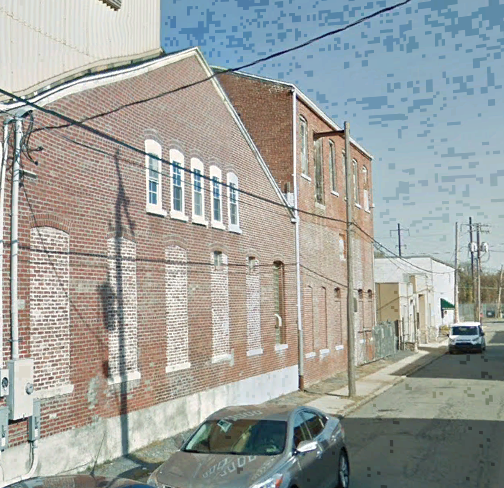|
After last week's post about how NE Lancaster got its name, now we'll delve into how it got its look. Up until the 1890s NE Lancaster was relatively uninhabited besides a place called McGrann's Park used as a racetrack and fairgrounds. Most industries in the area such as Consumer Ice, on Ice and Plum, The Safety Buggy Co on Plum on the other side of the tracks, and the Stehli Silk Mill just across the tracks as well hugged the railroad tracks to the north, which was just recently built to take trains around Lancaster to avoid holding up traffic and the excessive noise and smoke. This open area was prime for real estate and housing because of the industrial boom in the country. With this pressure, the owner of McGrann's Park, B.J. Mcgrann sold his land to The Lancaster Real Estate Co. Soon after streets began to spring up with new houses lining them. These new houses are the equivalent of developments in the suburbs now in the present. The majority of the houses were made from common plans and then altered slightly to give variety and uniqueness. In the neighborhood Fulton Market and Hotel were designed by prominent Lancaster Architect C. E. Urban, as well as the Clay Street School now Buehrle's, (named after Dr. Robert Buerhle the first Superintendent of the Lancaster School System, now interred in the Lancaster Cemetery), these buildings took their places along Plum and Park Ave. With this new neighborhood of Rossmere, it only took residents only minutes to walk to multiple markets or downtown and to their jobs, After 100 Years not much has changed. Most of the industries still stand, some vacant and some repurposed.
Credit goes to the F&M Collections where one of the original development pamphlets can be found: https://digital.fandm.edu/object/scholars-square971
0 Comments
|
Archives
February 2021
Categories
All
|
